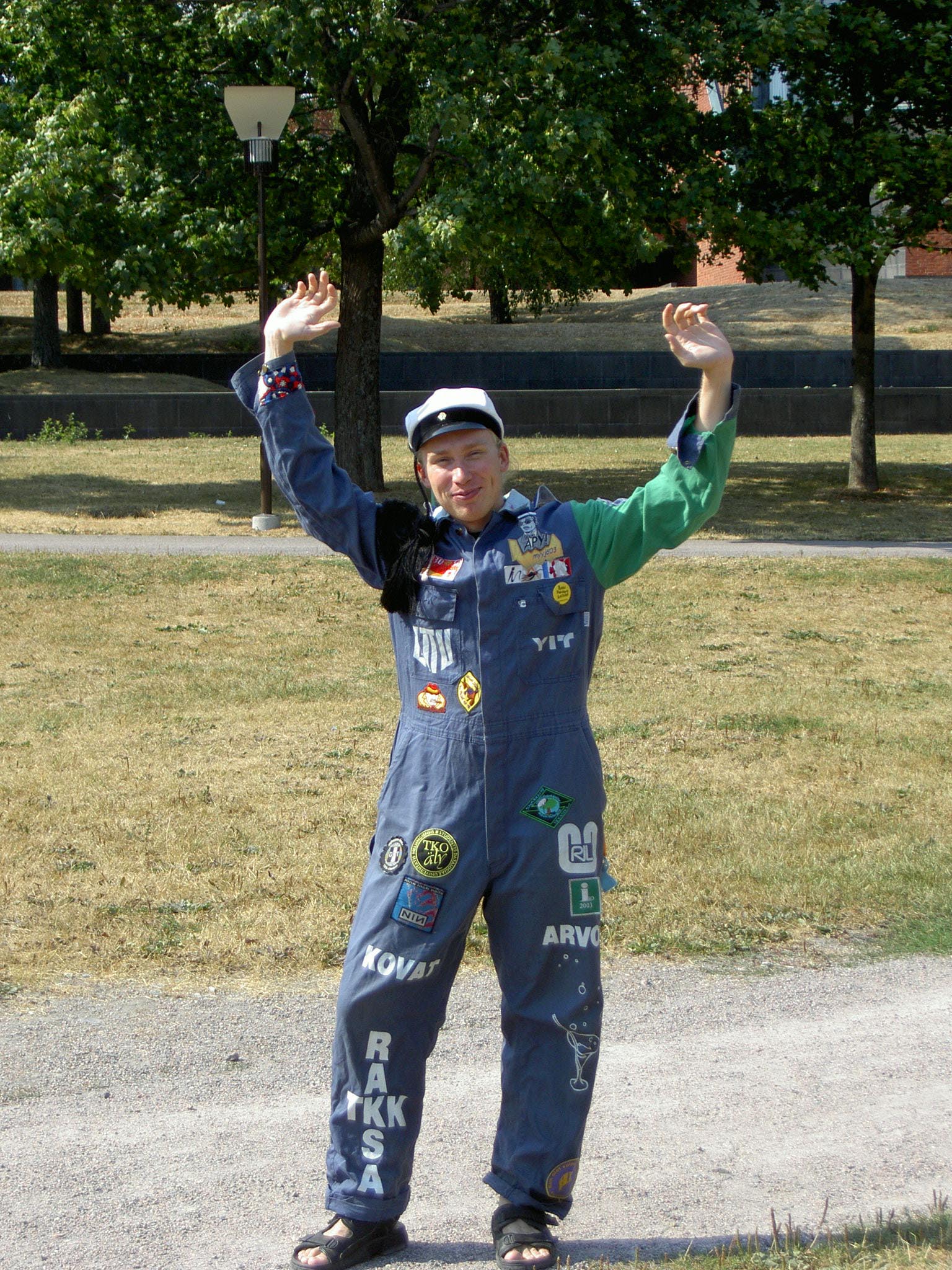Indefinite vs. Definite
Second Mention
|
Second mention makes the definite article (the)
the correct choice for both countable (singular and plural) and uncountable nouns.
|
Scene 1

First mention
(a/an or Ø)
|
Scene 2

Second mention
(the)
|
Notice how second mention of the nouns in the examples below (highlighted in yellow) is clearly signalled by the definite article.
Singular countable nouns:
A man is laying on a beach with a beautiful woman.
The man is red,
the beach is hot,
and the woman is laughing.
Plural countable nouns:
Plant leaves take up carbon dioxide from the air and bind it to water to produce Ø sugars and oxygen.
The sugars are later converted to various plant components, requiring nutrients like nitrogen, phosphate, and potassium.
Uncountable nouns:
Most spaghetti sauces usually consist of
Ø tomato,
Ø olive oil,
Ø garlic, and
Ø white wine.
The tomato gives the sauce color,
the olive oil gives body,
the garlic adds flavor,
and the wine acts to counterbalance the oil.
SYNONYMS AND SUPERORDINATES
Second mention does not need to use the exact same noun. Second mention can also occur when using
synonyms and superordinate terms
together with the definite article (‘the’).
Synonym:
The first PC "cluster" was born in 1994 at the NASA Goddard Space Flight Center.
NASA had been searching for a cheaper way to solve the difficult computational problems typically encountered in earth and space science.
The space agency needed a machine that could achieve one gigaflop.
Superordinate:
In order to simulate operating a rover on Mars, the vehicle was controlled remotely by scientists in Pittsburgh.
DEMONSTRATIVES AND PRONOUNS
However, academic writers often prefer to use demonstratives (‘this’/‘these’, ‘such a’/‘such’),
and less frequently pronouns (‘it’/‘they’), instead of the definite article (‘the’).
Demonstratives:
Both the Europeans and Japanese view Environmentally Benign Manufacturing (EBM) as a systems problem and have implemented various systems solutions.
However, there is no evidence that this problem would be solvable by a "silver bullet" technology.
One interesting trend is the introduction of environmental taxes by the EU member states on environmentally harmful products and activities.
In addition to directly penalizing major polluters, it is also hoped that these taxes will increase the general awareness of environmental issues.
Most of the technical and economic difficulties associated with recycling can be avoided though product reuse and component remanufacturing.
In Europe and the U.S., such reuse and remanufacturing have long been part of the replacement parts business.
Heightened security measures have highlighted the need for a national identification (ID) system in the United States.
Proposals for creating such a system have varied in terms of who, what, and even when and where a national ID card should be used.
Pronouns:
Software testing is a significant process for software development because it provides the final verification of the product's quality.
Chemical sensors often use nanoparticles because they provide high surface area for detecting the state of chemical reactions.
PROCESS DESCRIPTIONS
The principle of second mention is particularly useful when writing process descriptions.
In the description of the process for producing methanol shown below,
notice how each successive stage in the process starts with the product from the previous stage.
The definite article (‘the’) plays an important role in signalling
to the reader that these products result from earlier information described in the previous step.
Production of Methanol from Natural Gas
Ø Natural gas is delivered to the plant via a pipeline and used as a "feedstock" for producing methanol.
The gas is first compressed and then purified by removing sulphur compounds.
The purified natural gas is mixed with heated, recycled process waste water.
The mixed natural gas and water vapour then passes to the gas heated reformer to be partially converted to synthesis gas, a mixture of carbon dioxide, carbon monoxide and hydrogen.
The partially converted gas is then completely converted to synthesis gas by reaction with oxygen in the secondary reformer.
The synthesis gas is then converted to crude methanol in the catalytic synthesis converter.
The crude methanol is purified to standard quality specifications by removing water and organic impurities through distillation.
Press the button below to read about "Second mention without first mention".
|

